| Wasps and Hover-less Flies! Sitting in the garden one beautifully sunny day I noticed a number of very small, very strange insects crawling about on the patio paving. The creatures had six legs, so they were insects, but they did not appear to have two other things that we usually associate with the class Insecta – namely: wings and an abdomen. After watching two or three of the hapless creatures crawling aimlessly about on the warm flag stones for awhile, I came to the conclusion that they were hoverflies - or at least they had been earlier – hovering that is! Most people, including yours truly, like to watch these wonderful insects hovering, like miniature helicopters, in the garden on a hot Summer’s day. So why did the ones crawling about on the ground cause my confusion? The answer to this question was brought about when I watched the behaviour of several wasps. All of the wasps I watched were identical and that made me think that they probably came from the same nest. What they were doing was diving down suddenly on any hoverflies that had settled upon the wooden beams of the pergola above my head. Then the wasps descended rapidly to the ground, still hanging on to the back of their victim. Once grounded, the wasps used their sharp jaws to quickly nip off an individual hoverfly’s wings and then, rather grotesquely, to bite through the thin body section that joins the fly’s abdomen to its thorax! The wasp then flew off, presumably to its nest, carrying beneath it just the unfortunate hoverfly’s abdomen. I knew that wasps feed their young on caterpillars and grubs, so I assumed that these abdomens would soon be fed to the voracious wasp larvae awaiting lunch in the wasp nest. I have never read or heard of this wasp behaviour before, but I assure you that the grisly act I saw one pleasant Summer day, was repeated several times before my eyes. As you can imagine I was completely distracted from reading the paperback novel in my hands for more than a few minutes. | For an exciting story about schoolchildren who save a hedgehog and work hard to protect the wildlife in their school's Nature Corner, then Click Here for the LINK to So What's Next! |
|
2 Comments
26/02/2014
The Elephant In The Garden: Wood Pigeons About two or three years ago we were quite intrigued to see wood pigeons arrive quite regularly in our back garden. There are a few large open spaces with lots of trees in the area surrounding the suburban estate that includes our house and a very big open parkland, with hundreds of magnificent trees in it, less than two miles away. Our garden is not small but not enormous; it’s big enough to require frequent attention having several fruit trees in it, lawns, shrubs etc. We had seen wood pigeons nesting in the large conifer that stands in a neighbour’s front garden on previous years. But since they started visiting our garden in ones and twos originally, the numbers have increased to three and four and it is no longer as “interesting”. The main problems stem from their enormous appetites, their large size and their frequent excretions of large amounts of very messy and revolting dollops of poo. We encourage birds to visit our garden with several feeders and two bird boxes that are used every nesting season, for many years now. Wood pigeons would “hoover” up all the bird food that is put out, as indeed they used to before we got a sort of cage that keeps them out but allows only birds the size of blackbirds, or smaller, in. Even so they can intimidate all the other birds away by flying at them and using their large wings and bulk to force them away from anything not inside the cage – even magpies! We receive the garden bird survey figures from the BTO throughout the year and have noticed that we are not alone in being invaded by these flying “food-hoovers”. Wood pigeons have steadily moved up the frequency charts for visiting gardens to take up the top two or three places! But to date we have not seen any comments in the Nature, RSPB or the BTO magazines about the invasion. Wildlife lovers and birdwatchers we may be but I am often encouraged to consider recommending a cull. Horror of horrors- there I’ve used the “c” word – which I am shocked at, having only ever considered culls necessary for grey squirrels and mink. Wood pigeons are too big to visit suburban gardens regularly. Any comments anyone? tweet: @gjgfh_g http://amzn.to/1cA3H5O http://tinyurl.com/o4s5uxd 01/01/2014 3 Comments
Hedgehogs and Foxes? Towards the end of Autumn 2013, when we were constantly sweeping up the leaves from the trees in our back garden, I put a “hoghouse” at the end of the garden near to our shed. We covered it with some of the fallen leaves, after putting a couple of handfuls of dry leaves inside for a prospective nest-builder. An essential hole was cut into the base of one of the fence panels to allow free passage between gardens. I had constructed the hoghouse from a large piece of external plywood earlier in the year using the same plan, from a book by Tony Soper, as the hoghouse I’d built two years ago. Why build two of them? We were sure that the first house had been used for hibernation when, in the Spring, I carefully removed the roof to peep inside and see an obvious nest of leaves. It was just a hope that we might have another hedgehog looking to hibernate in our garden, since in the past we’d seen two hogs snuffling around our feet one late Summer evening in the twilight. Hedgehog food that was put out in the Autumn was regularly disappearing so it looked likely that at least one was still around. Then we saw a couple of cats at different times and we also get a fox in the garden, so what was eating the food? I decided to position one of the security cameras so that it pointed at the dishes of food, in order to be sure that we were not feeding all the local moggies in the small hours of Autumn! Imagine our pleasant surprise when the rather fuzzy black and white images, from the infra-red cameras, showed a hedgehog feeding there on the very first night. And not only that but subsequent nights over a period of several weeks we saw that the hedgehog was joined very often by another hedgehog – even on some occasions by two more hoggy friends! Yes, we have had three hedgehogs visiting our garden, so naturally my wife said, “You’d better build another hoghouse soon.” (That’s on the list of things to do). In addition to the hedgehogs we have had two foxes also arriving to partake of the special food, usually separately but sometimes together. But what we are most interested to find out is whether it is “normal” for a fox and a hedgehog to feed together, often side by side from the same dish! We have witnessed this several times, both “live” and on recordings. The hedgehog appears to be the more dominant feeder, often “hogging” the space, sometimes to the consternation of the fox when he obviously gets his nose prickled by the other diner! Once the fox jumped back in surprise and then slowly and hesitantly approached the dish, to cautiously put out a paw and try to scrape a morsel for itself. The hedgehog nonchalantly munched on! If there are any experts out there who are able to answer this question, or provide more information we would be most grateful. Well this question was answered and well illustrated by the U Tube Video on this clip: ENJOY! 29/08/2013
Badger Cull: Good Idea? We have been watching an amazing TV program called The Burrowers, presented by the excellent Chris Packham. It shows what is going on underground in the burrows of some of the best diggers among British mammals, such as Rabbits, Water Voles and Badgers. And of course all the time that you are watching the antics and behaviour of the badgers you have to be acutely aware of the current situation in Somerset and Gloucestershire. It is so obvious to anyone who cares to look into the details of this Badger Cull; the culling of a protected species – let me repeat that: a protected species! – that it is a case of the government being seen to be doing something, as a PR exercise rather than doing the right thing. Only 15 % of badgers have been found to actually have TB. It appears that the intention is to shoot 120 badgers every night for six weeks, until 5000 animals have been destroyed, regardless of whether they have TB or not. Originally it was stated that 70 badgers would be shot every night until 2700 were culled for the action to be effective. The government minister involved stated on the radio that the badger cull should be “humane, effective and safe”, but which is “effective” 5000 dead badgers or 2700? When he was asked by the interviewer how could it be guaranteed to be humane, when an injured badger could crawl into its sett and die a long and painful death. His reply included the statement that the marksmen are “highly trained” and implied they would not therefore miss their target. To which the logical response is “Oh Yeah!”, since all of the shooting is to be done at night i.e. in the dark! Another person on the program explained what could happen when night hunters are “lamping”, a system that relies on looking out for eyes glowing in the dark and then shooting the owner of the eyes. He said mistakes could mean that you would shoot a fox, or a sheep, or a cat or dog etc. It had already been explained that it was better to shoot badgers in the chest as it is a bigger target and it only took about five seconds for the unfortunate creature to die. (I can’t believe that I’m really writing this stuff!) Apparently shooting them in the head, i.e. brain, means that they will die within one or two seconds but that is more difficult, so the marksman’s target is the badger’s chest. Now it occurs to me that a badger is an animal that usually hugs the ground as it wanders about foraging for food, particularly the peanuts that have been deliberately buried near the entrance to their sett as bait. So it is possible, surely, even for the “highly trained marksmen” to miss the chest that is flattened to the ground? There are Warning Notices posted around the area chosen for the cull that state that from June 2013 the public should stay out of the area during the hours of darkness. Is that in case there is an accident? In case a hunter, “a highly trained marksman”, misses their badger target? The notice also says you should “keep children, pets and livestock indoors as high velocity bullets are being fired at badgers in the area. These bullets have a 2 mile trajectory and pose a serious danger to humans and animals”. Oh really! You don’t say! So one is led to ask: Just how “safe” is it? The marksmen will be using special infra-red sights to assist their aim, but must not shoot when people are present. Protests are banned within 100 metres of the badger homes, and within 25 metres of the “shooting business”. Now something else occurs to me: the Badger Cull notice makes a point of informing the public that the bullets have a 2 mile trajectory! I understand that if the Badger Cull is a success there could be as much as a 16% decrease in cattle deaths from TB over the future 5 to 9 years. Wow! Sixteen per cent! That does not seem much of a reduction to me, when you compare it to the mass slaughter of badgers that is intended. Wildlife groups condemn the Badger Cull as inhumane and unscientific. Speaking as a scientist myself, the whole thing seems to lack the rigour required for an accurate experiment. A correlation does not often lead to an accurate conclusion and this trial seems to rely on collating correlations, rather than producing definite conclusions. Lord Krebs, the President of the British Science Association, is a zoologist who led the Randomised Badger Culling Trials. He became one of the UK’s leading experts on bovine tuberculosis and in 2012 stated that he opposes further badger culling. He also said quote “culling is not a viable policy option” and the two pilot trials “will not yield any useful information”. The RSPCA among many others are also against the cull. I remember first seeing Chris Packham on TV many years ago, in the 1970s or 1980s I think, when he appeared as a rather punk-looking photographer of wildlife. This was in my “photographic retail days” and the next day, after his program, we would be asked in the shop for the tripod, telephoto lens or close-up equipment Chris had been using in his program. He was good for business. More recently, of course, we have become used to seeing him present and talk enthusiastically about the natural world. He studied and worked with badgers in his earlier days and in The Burrowers we can all see how thrilled he is to make a program about the badger’s “private life” underground. I saw a recent quote of Chris Packham’s in the Daily Telegraph when he said that he thought that the Badger Cull “is both sad and shameful”, and he called those concerned “brutalist, thugs, liars and frauds”. He thinks they “will dishonour our nation’s reputation as conservationists and animal lovers”. Strong words but the issue is bound to cause strong feelings from anyone who cares about the country’s natural wildlife. I am not alone in thinking that the “removal” of hundreds of badgers from one area will merely make space for another group of badgers to move in! And this may possibly exacerbate the problem in the future! With so many well-informed experts in this field against the cull surely it’s time for the government to think again. 04/08/2013 1 Comment
Rudyard Kipling: How the Name Became. When I was a kid, like so many children, I was fascinated by animals. I liked all kinds of animals, mainly the bigger kind, the typical ones, like lions and tigers, gorillas and baboons, giraffes and rhinoceroses. Living in a big city there wasn’t much opportunity to see many of those creatures in the flesh and fur, and I don’t recall ever visiting a zoo with my parents. You can imagine my excitement when my primary school took us on a day trip to Whipsnade Zoo, an enormous site of hundreds of acres, set in the Chiltern Hills of southern England. By that that time I had read just about every book that was available in the children’s section of my local library. I considered myself pretty much of an expert on “the big mammals” and couldn’t wait to show off my knowledge to my classmates. That’s probably why I became a teacher later in life. I’d even tried walking about on all fours for a while, leaning on the knuckles of my fingers, imitating the great apes, once I discovered that humans were also anthropoids. Boy did that make your fingers sore! By the time I reached secondary school I had also read Rudyard Kipling’s Just So Stories and The Jungle Book, and loved the idea of animals communicating with each other in a language that even humans could use! I wasn’t quite convinced about it but the idea was great for a youngster’s imagination of course. And then they ran the Alexander Korda film of Jungle Book on TV and I was so envious of Sabu who acted the part of Mowgli in the film. You will understand why I couldn’t wait to see the Disney version of Jungle Book, about twenty years later; something that I referred to in my Iconoclast blog. And perhaps you will bear with me when I say how enthusiastically I anticipated the recent BBC Radio4 series of fifteen minute programmes entitled Just So Science. I’m a science teacher and I’m listening to people explain how Rudyard Kipling’s brand of folk lore might have some credibility in explaining How the Whale Got His Throat or How the Leopard Got His Spots! I loved it, except for the fact that I forgot to listen on a couple of days, but all was not lost since I find – Hurrah! - they will be “available” for about another year. Make sure you listen to the fascinating mix of fable and science. When I came to decide upon a title for my second book, about the exploits of the very many school children that I’d taught, I looked through the manuscript for ideas, and the expressions and words that the kids regularly used grabbed my attention. Some expressions like “minging”, “hanging” and “shady” to describe stuff they didn’t like were tempting words to include, but it probably wouldn’t mean much to the older adults, who I wanted as readers as well as the younger adults out there.The more disruptive and rebellious kids often challenged their teachers with one-word retorts like “So!” and “Whatever!” and even occasionally I’d had two words - “So What!” – usually after I’d given the unfortunate miscreant a reminder about the school’s code of conduct. That’s when I remembered Just So Stories and that’s when I decided upon the name So What! Stories or Whatever! That’s not to say that the children were animals or spoke like animals, but they did have a language of their own, and one that defied description sometimes. Knowing how my readers like stories with a surprise twist I threw in an unexpected ambush to the collection near the end, just to keep you on your toes! |
Archives
September 2020
Categories
All
|
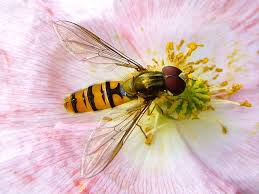
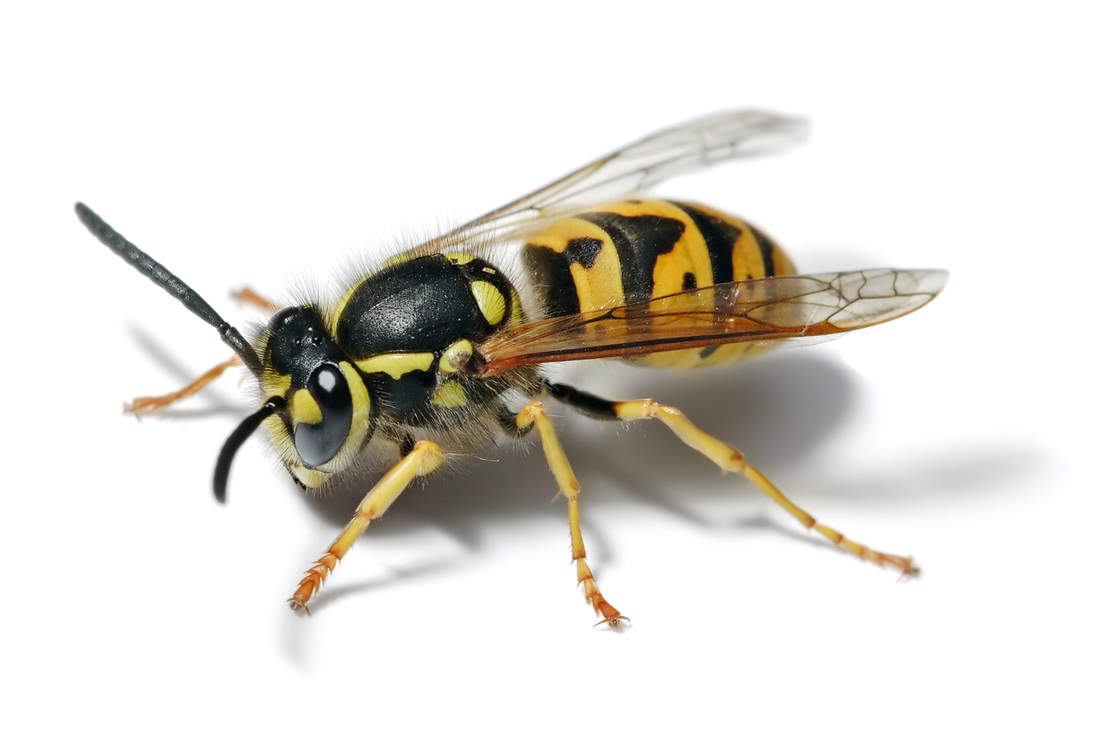
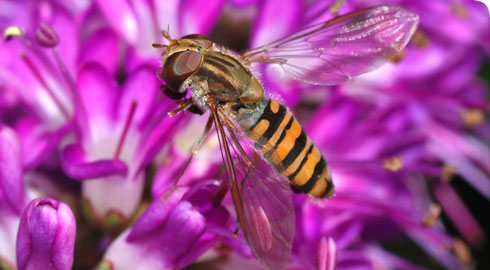
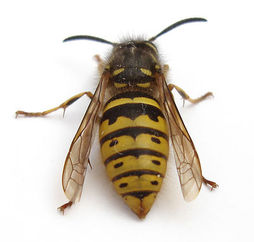
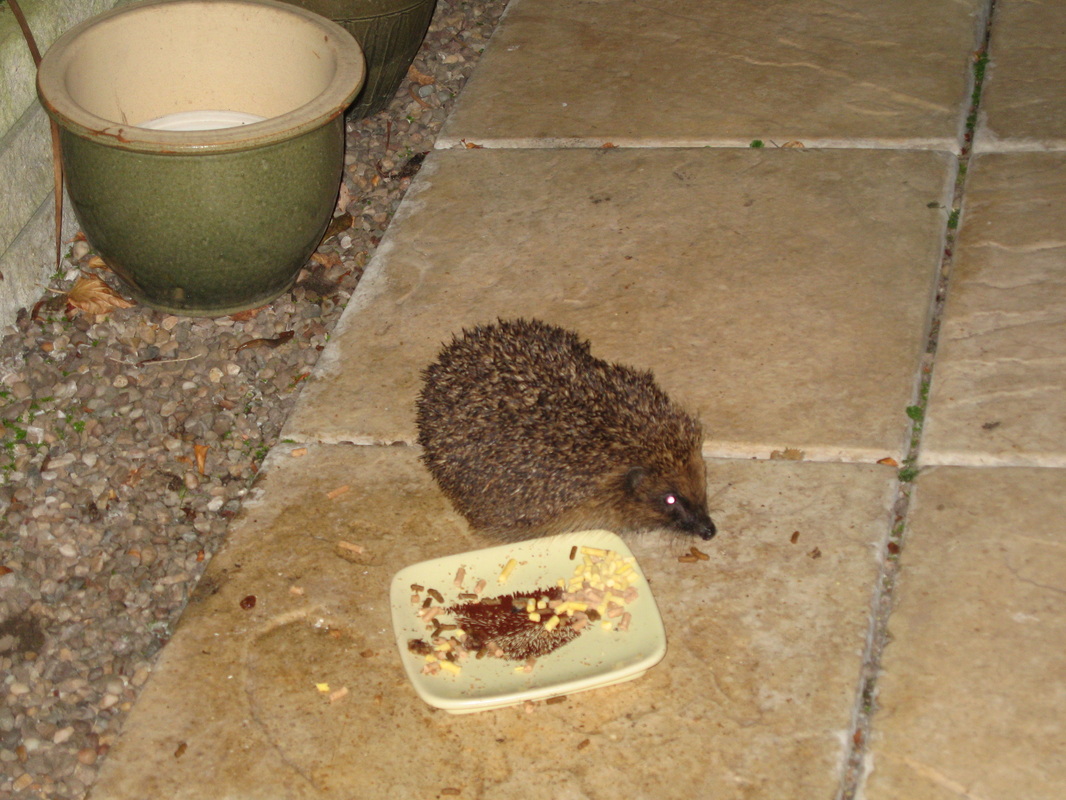
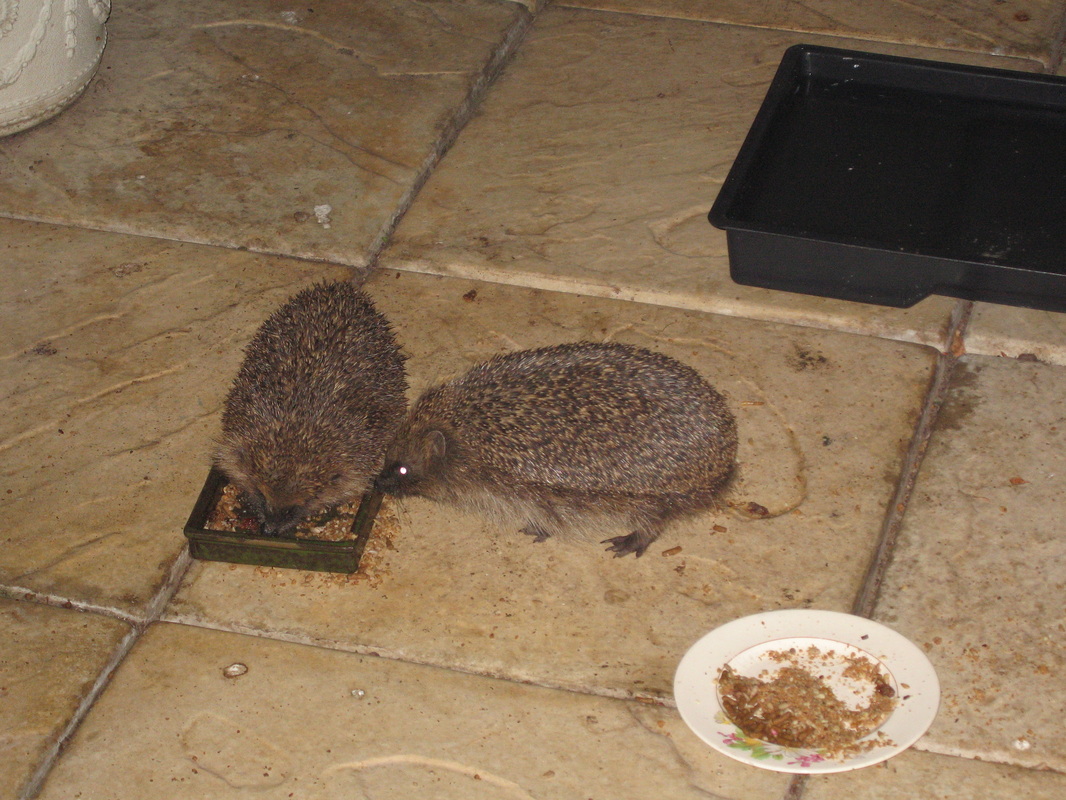
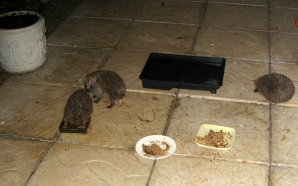
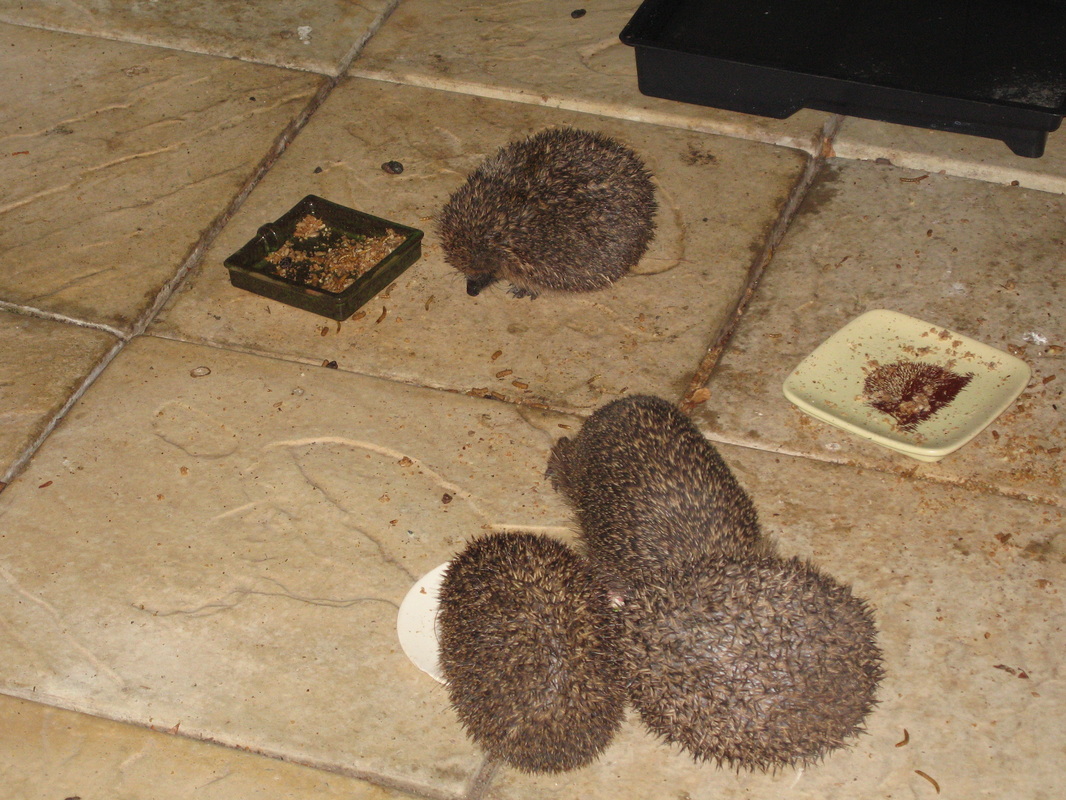
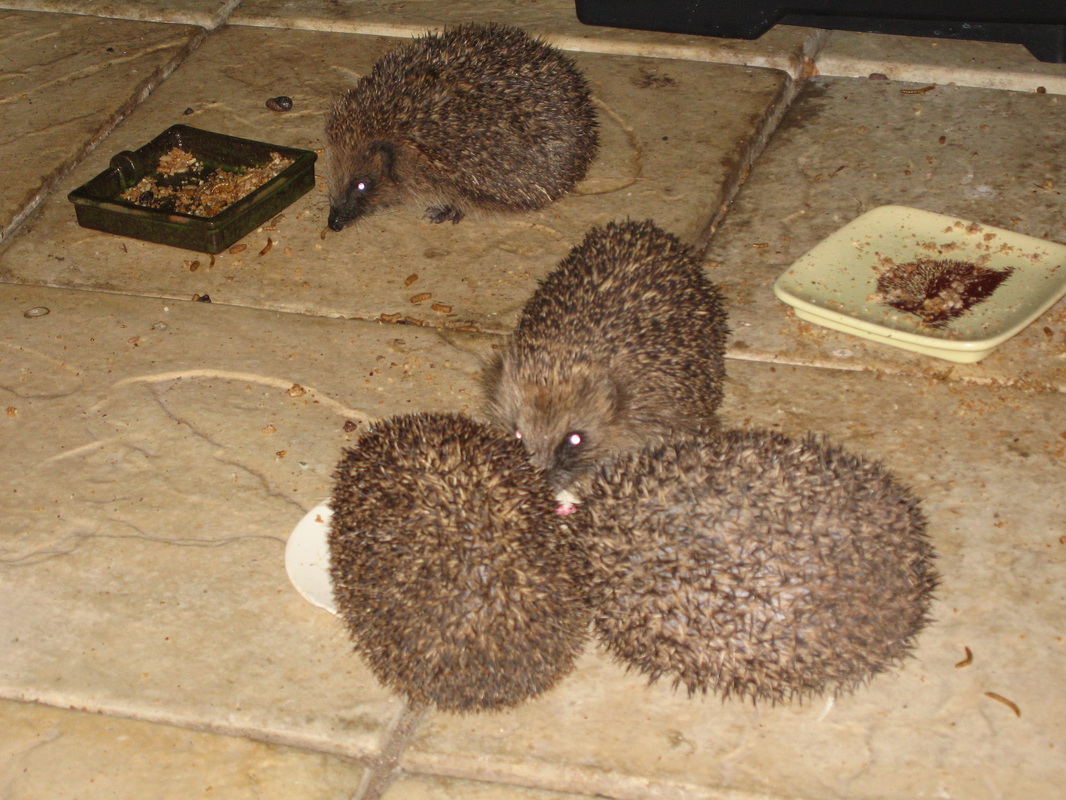
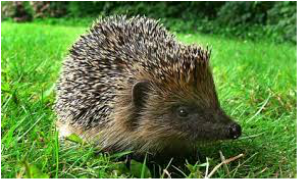
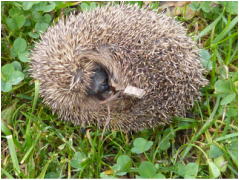
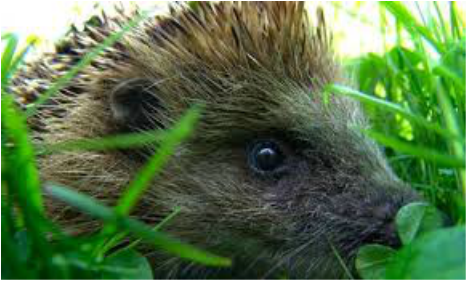
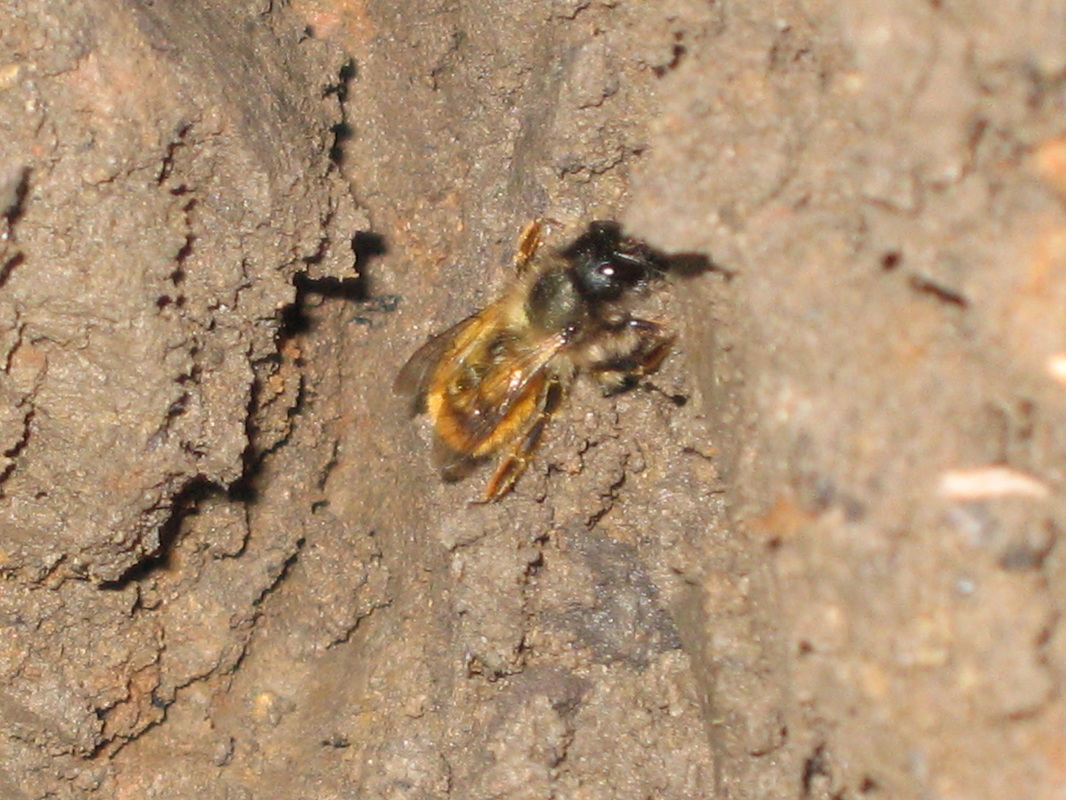
 RSS Feed
RSS Feed
